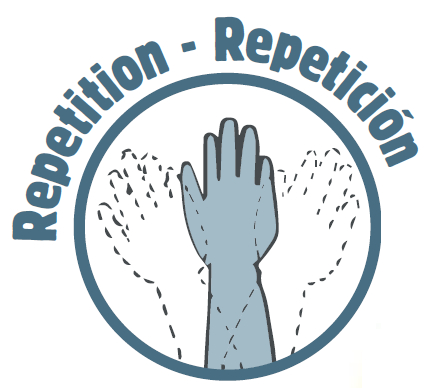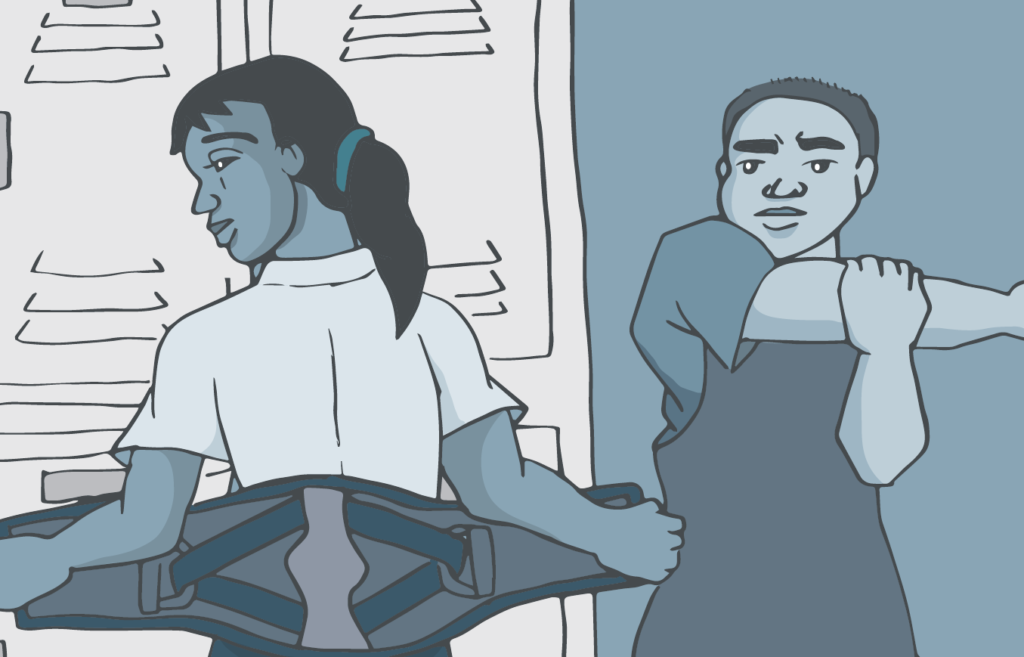
All jobs take some kind of physical toll on the body, but through training employees to recognize safety hazards and working with employers to minimize risk, we can create safe workplaces and help reduce preventable injuries.
The UFCW is committed to nurturing a culture of safety in the workplaces we represent and working with employers to find innovative solutions. We are committed to seeing our members arrive to work safely and leave work safely.
Some Injuries are Cumulative
When you think of injuries on the job, you might first think of a specific accident, like a slip and a fall or getting a hand caught in a machine. But many injuries from work are not so obvious. Something as harmless seeming as operating a register can lead to pain when you are ringing up customers for hours on end, day after day.
Cumulative Trauma Disorders
If work and rest are balanced, it is more likely that our bodies will be able to heal the harm that happens at work. When the healing process cannot keep up with the damage, it can worsen to become a Cumulative Trauma Disorder (CTD).
The major risk factors for Cumulative Trauma Disorders are:
1.) Posture
Posture is the way workers must position their bodies in order to do their jobs. It refers to the design of the work station, machinery and tools. Posture is not about what workers are doing wrong.

2.) Force
Force is the physical effort we use with our bodies to push, pull, lift, lower, and grip when we are working.

3.) Repetition
Repetition is the number of times we make the same movement using the same parts of our body; how fast the movements are, and over what period of time. Repetition is directly related to line speed, production pressures, and staffing.

Other factors such as temperature, vibration and stress may also contribute to the risk of injury.
Good Programs Focus on Minimizing Risk, Not Symptoms
Beware of ergonomic programs that do not focus on all of the risk factors. While such programs may increase productivity, they may not decrease injuries.

For example, stretching and doing hand strengthening exercises after a long day of work might help them feel better in the short term, but it does nothing to actually address the source of the problem. A real safety solution would look at the bigger picture: are inadequate staffing or unreasonable workloads requiring you to work faster than what can be done safely? Is your workstation poorly designed and forcing you to work in an awkward posture? Are you having to expend more energy than is necessary to get the job done due to dull knives or tools that are the wrong size?
For more information, download the “Change the Workplace, not the Worker” booklet.
